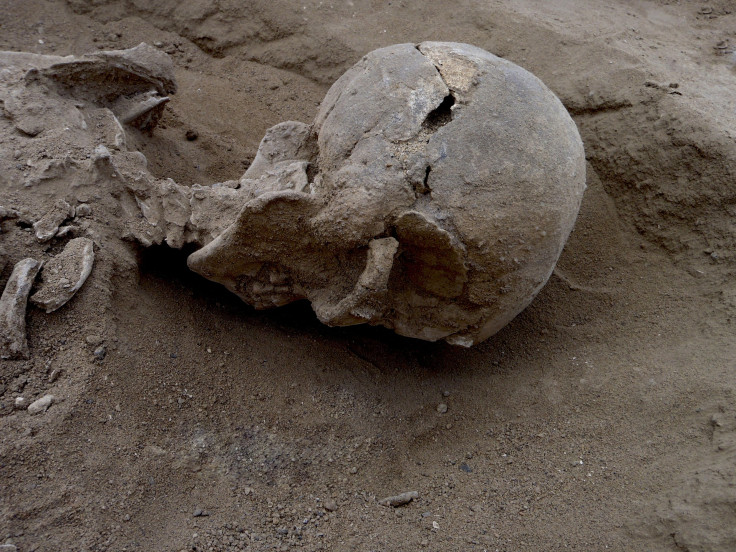12,400-year-old ancient puppy fossils open new avenues for scientists to study Siberia’s diversity of life

A prehistoric puppy, believed to have been killed in a landslide, has been found in permafrost in Siberia. The puppy lived almost 12,400 years ago, during the Pleistocene period. The Pleistocene was a geological epoch that spanned repeated glaciations, known as the last Ice Age.
The puppy, whose brain is 70-80 percent intact as per MRI reports, and which is “preserved from nose to tail, including the hair,” may prove extremely beneficial for scientists as they now have the opportunity to study a well-preserved Pleistocene canid for the first time, writes The Telegraph.
Scientists found the remains of this puppy’s sibling in 2011. However, its fossils were in a more advanced stage of decay. The newly-found remains suggest the puppy was killed in a landslide and got permanently mummified.
“We can say that this is the first time we have obtained the brain of a Pleistocene canid,” Dr. Pavel Nikolsky, research fellow of the Geological Institute in Moscow, told Siberian Times.
Although the puppy’s brain has dried out a bit, its pituitary gland, cerebellum and parencephalon are still visible. Apart from studying its brain, the scientists will also have a look at the bacteria in its digestive system and parasitic ticks in its fur. This will immensely help the scientists understand the diversity of life in Siberia during the Pleistocene.
The puppy remains were found on the banks of the River Syalakh in the Sakha Republic. DNA analysis has revealed that the remains are that of a dog and not of a wolf. In fact, the puppy may have been someone’s pet. The presence of stone tools near the remains suggests it was so. There was definitely human activity nearby.
The discovery was attended by Korean scientist Hwang Woo-Suk. He has added this puppy to his list of animals he wants to clone. Woo-Suk was extremely excited to see the level of preservation. He even took samples of the puppy’s cartilage, muscle and skin.





















